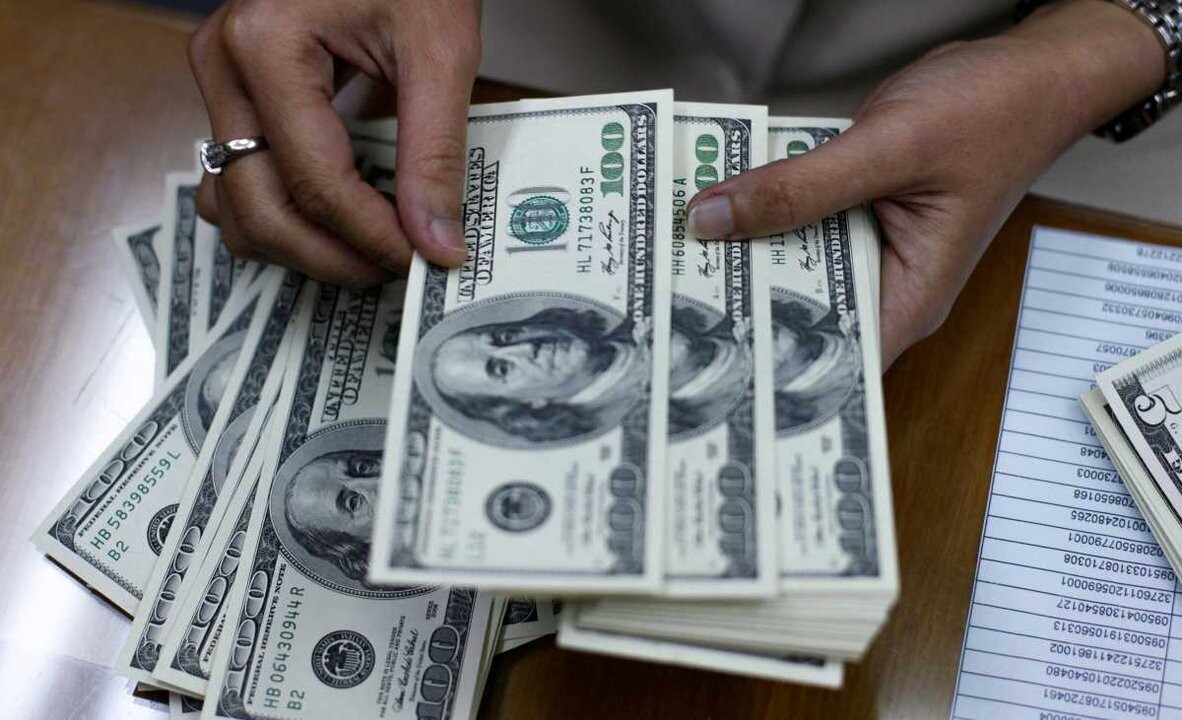
The official dollar experienced its largest daily drop today since the implementation of the new exchange rate regime, alongside a decrease in the Central Bank's (BCRA) reserves by an amount of $218 million, reaching $38,304 million.
In the retail market, the official dollar fell by $30.68 (-2.5%) to an average of $1,189.77 for sale at financial institutions under the supervision of the BCRA. According to sources from the monetary authority, this reduction is attributed to debt payments and a decrease in exchange rates.
The financial backing from the International Monetary Fund (IMF) provided last month, through a disbursement of $20 billion, with part already transferred to the BCRA for the updating of its accounts, has been fundamental. In this regard, the BCRA reported the receipt of $12 billion from the Ministry of Economy to settle 'Non-transferable Bills' maturing from June 2025 to April 2029.
The Banco Nación set its exchange rate at $1,140 for sale, representing a decrease of around $75 (-6.2%). Similarly, both the MEP dollar and the CCL also dropped significantly, with a decline of up to 3.7%, reaching $1,155 and $1,167 respectively.
Meanwhile, in the informal market, the "blue" dollar decreased by $20, closing the day with a value of $1,150 for purchase and $1,170 for sale. The BCRA's reserves stood at $38,304 million after the mentioned drop of $218 million, being highlighted as liquid resources that reinforce the institution's balance according to statements from the Central Bank.
Finally, the wholesale exchange rate fell to $1,124, marking its lowest value since April 22 in today's session.













